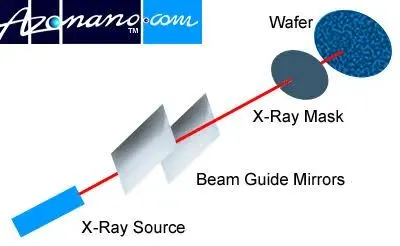
Three giant galaxies verge on crashing, smearing their gas and dust in a violent wreck, in a new image from the Hubble Space Telescope.
A collision of three galaxies is relatively rare in space, according to the European Space Agency, so such a scenario presents an opportunity for astronomers to study how the most massive galaxies in the universe form.
This trio, found off in the cosmic distance in the Bootes constellation, is known as SDSSCGB 10189. It will eventually combine into one spectacular galactic neighborhood, after distorting each other’s spiral shapes. The merging of galaxies creates turbulence and tides that can trigger new bursts of star formation within their interstellar gas clouds, according to NASA.
A mistake on the Webb telescope just led to a surprising discovery
Tweet may have been deleted
(opens in a new tab)
(Opens in a new tab)
Mergers like this one offer a sort of teaser campaign for the future collision of our own Milky Way and its colossal galactic neighbor, Andromeda. NASA estimates that day will come in about 4 billion years(Opens in a new tab).
But calling it a “day” is a misnomer: Galaxy mergers happen over an unfathomable timescale for humans, on the order of several hundred million years(Opens in a new tab).
In Hubble’s new image, these three large, star-forming galaxies lie within only 50,000 light-years(Opens in a new tab) of one another, a distance about 50 times closer than the Milky Way is to Andromeda. In astronomical terms, the trio is a tight-knit bunch.
“While that might sound like a safe distance, for galaxies this makes them extremely close neighbours,” the European space agency said about the image(Opens in a new tab). “Our own galactic neighbours are much further away; Andromeda, the nearest large galaxy to the Milky Way, is more than 2.5 million light-years away from Earth.”

Scientists predict that the Milky Way and Andromeda galaxies will merge in about 4 billion years.
Credit: NASA / ESA, A. Feild and R. van der Marel / STScI
Want more science and tech news delivered straight to your inbox? Sign up for Mashable’s Top Stories newsletter today.
“While that might sound like a safe distance, for galaxies this makes them extremely close neighbours.”
Previous Hubble research has shown that these crashes were more common in the past when the universe was smaller. Regardless, galaxy collisions continue to occur because these cosmic objects are thought to be bound by the gravity of so-called dark matter — invisible space material suspected to exist throughout the universe — surrounding them.
Hubble astronomers can already spy how the three galaxies are impacting each other’s structures. Their competing gravitational forces are playing a game of tug-of-war, pulling streams of gas and dust between them. Bridges of gas between the bright objects are a telltale sign that they’re going to combine.
Tweet may have been deleted
(opens in a new tab)
(Opens in a new tab)
“These galactic behemoths are called Brightest Cluster Galaxies (BCGs) and — as the name suggests — are defined as the brightest galaxies in any given galaxy cluster,” ESA said(Opens in a new tab).
To the left of this triple galaxy merger is a dimmer spiral galaxy. Scientists say it’s far enough away that the crash won’t impact it.






